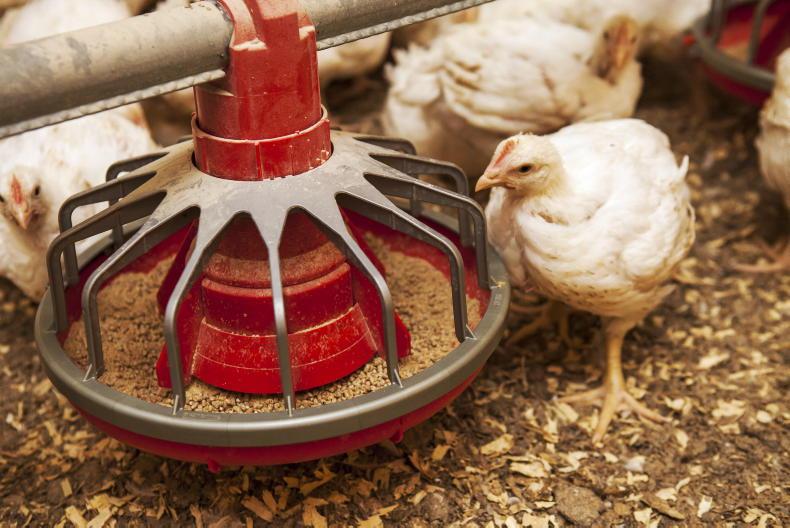The highly pathogenic avian influenza (HPAI) epidemic witnessed in Europe’s bird population over the past year is unprecedented in scale, the European Food Safety Authority has said.
The 2,467 outbreaks recorded in poultry flocks across Europe have seen some 47.7m birds culled over 2021 and 2022 so far.
Previous outbreaks had seen “no cases or only a few cases” recorded over summer months but between June and early September, there were almost 800 incidences of the virus being detected in either wild or farmed birds.
The EFSA also warned that the geographical spread of outbreaks was also unprecedented in Europe, as cases have been reported from Norway to Ukraine.
Risk has not passed
The authority warned that the risk of HPAI outbreaks has not passed, even though the disease incidence declined over summer months.
Particular risks are posed by sea bird populations along the north Atlantic coast. Last autumn, the disease crossed the Atlantic to North America with migrating birds.
“With cases detected in poultry and wild birds up to September, the current epidemic is clearly still ongoing,” said the head of risk assessment at the EFSA Guilhem de Seze.
“As autumn migration begins and the number of wild birds wintering in Europe increases, they are likely at higher risk of HPAI infection than previous years due to the observed persistence of the virus in Europe.”
The EFSA urged for the continued adoption of appropriate biosecurity and surveillance measures to keep the disease contained.






 This is a subscriber-only article
This is a subscriber-only article











SHARING OPTIONS: